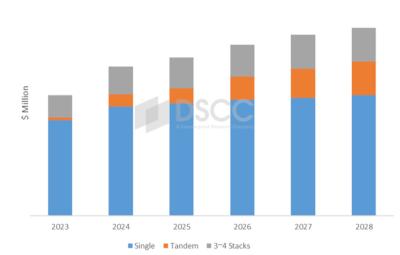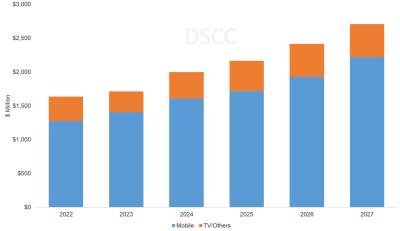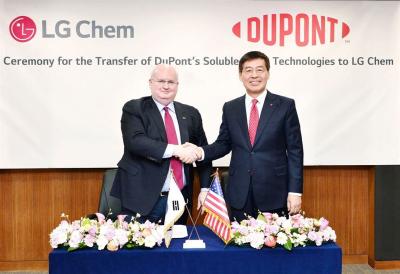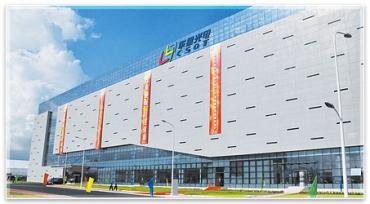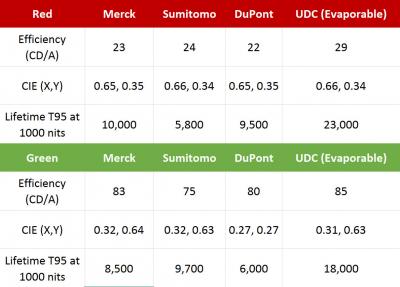DSCC: the OLED materials market to grow 24% in 2024, will reach $2.7 billion by 2028
DSCC says that the OLED materials market will reach $2.12 billion in 2024, rising 24% over 2023. The market will continue growing at a 6% CAGR until 2028, reaching about $2.7 billion. DSCC details the revenue split between single-stack, tandem and multi-stack panels, saying that materials used in tandem OLED panels will grow at a fast rate of 30% CAGR from 2024-2028.
The leading materials makers by revenue in 2024 will be UDC, DuPont, LG Chemical and Samsung SDI, holding a market share of 51% together. DSCC says that Chinese materials makers will increase their market share in the future.
